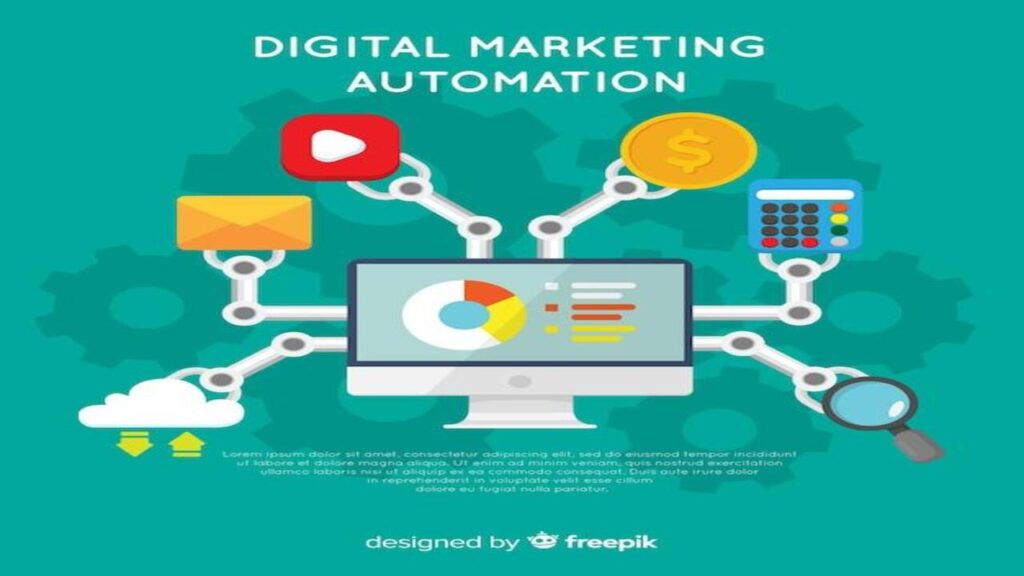If you’re still relying on manual accounts payable (AP) processes, it’s time to start considering an upgrade. The tedious and time-consuming nature of manual AP can drain resources, increase the risk of errors, and cause unnecessary bottlenecks. In this comprehensive guide, we’ll explore the benefits of embracing automated accounts payable systems, and provide insights on how to make the switch. So, let’s dive in!
1. Understanding the Accounts Payable Landscape
1.1. Manual Accounts Payable
In a traditional manual AP process, the accounting system serves as the central hub for managing all accounts payable activities. However, this approach has its limitations, as most AP tasks are performed outside the accounting system, using ERPs (Enterprise Resource Planning) software. This often results in an inefficient and error-prone process.
1.2. Automated Accounts Payable
Contrastingly, an automated accounts payable system seamlessly integrates your accounting system with a cloud-based AP automation solution. This streamlines the entire AP process, from invoice data capture to payment execution, while ensuring accuracy and reducing the risk of errors.
2. Invoice Data Capture and Coding
2.1. Manual Accounts Payable
In a manual system, accountants are required to manually enter all invoice data into the accounting system, which is both time-consuming and prone to errors. These errors can lead to costly mistakes, often taking up to 10 times more time and resources to correct.
2.2. Automated Accounts Payable
With automated accounts payable, the process of capturing invoice data is simplified through the use of OCR (Optical Character Recognition) technology. This technology digitizes all data with high accuracy, significantly increasing efficiency across industries.
3. Invoice Approvals
3.1. Manual Accounts Payable
The manual invoice approval process often involves countless email threads or physically delivering invoices to relevant personnel. Tracking approved invoices and following up on pending approvals can be a daunting task, leading to missed deadlines and strained vendor relationships.
3.2. Automated Accounts Payable
Automated accounts payable streamlines the approval process by automatically routing invoices to the appropriate department heads. With the help of automated reminders, invoice approvals can be managed efficiently, ensuring timely payments and nurturing vendor relationships.
4. Payment Authorization
4.1. Manual Accounts Payable
Payment authorization in a manual AP process relies heavily on the availability of CFOs and Controllers to sign physical checks. This often results in payment delays and an increased risk of fraudulent activities, such as forged signatures.
4.2. Automated Accounts Payable
An automated accounts payable system allows CFOs and Controllers to authorize payments from any location using any device, thus eliminating bottlenecks. This added layer of security helps deter fraud, while also maintaining a comprehensive record of all approvals for easy access during audits.
5. Payment Execution
5.1. Manual Accounts Payable
Manual payment execution often relies on paper checks, which are costly and a major source of fraud in B2B payments. Although alternative payment methods like credit cards, ACH transfers, and wire transfers are possible, they often add complexity to an already cumbersome process.
5.2. Automated Accounts Payable
Automated accounts payable systems simplify payment execution by allowing you to choose the most advantageous payment method for each vendor. This not only streamlines the payment process but can also result in cost savings through rebates and other incentives.
6. Reporting
6.1. Importance of Accurate Reporting
As a finance professional, you understand the importance of accurate financial reporting. Keeping track of invoice amounts, payment dates, and authorized signatories is crucial for maintaining regulatory compliance and preparing for audits.
6.2. Key AP Reports
Some essential AP reports include:
- AP reports (covering one month or less): Verify bill payments and manage cash flow.
- AP trial balance (end of every month): Ensure payments have matching entries in the general ledger.
- Invoice aging report: List unpaid AP invoices and track payment due dates.
- Reconciliation of accounts report: Identify discrepancies between the general ledger and the open reconciliation report.
7. Document Management
7.1. Efficient Document Management
Electronic document management helps capture, index, organize, categorize, and store invoices and payments for easy access and distribution. Efficient document management ensures that you can quickly locate specific invoice exceptions, improving overall AP process efficiency.
8. Time-saving Benefits of Automated Accounts Payable
An automated AP system offers significant time-saving benefits. By leveraging OCR technology, you can reduce the time spent on data entry and invoice matching. Additionally, the automated system takes care of invoice approvals, freeing up your time to focus on more strategic tasks.
9. Cost-saving Benefits of Automated Accounts Payable
Automating your AP process can lead to substantial cost savings. By reducing manual labor costs and the expenses associated with paper invoices, automated accounts payable systems can significantly lower your overall AP costs.
10. Implementing an Automated Accounts Payable System
10.1. Steps to Automate Your AP System
To successfully implement an automated accounts payable system, follow these steps:
- Identify the potential benefits of automation for your business.
- Secure buy-in from business leaders by demonstrating the advantages of automation.
- Research and select the right AP automation software for your needs.
- Collaborate with the software provider to integrate the system with your existing accounting and ERP solutions.
- Begin converting paper invoices to electronic format using OCR technology.
- Automate invoice matching, approval, and payment processes.
- Monitor and optimize the system to ensure maximum efficiency and cost savings.
By following these steps, you can transform your AP process from manual and time-consuming to efficient and cost-effective, allowing your finance team to focus on more strategic responsibilities. So, what are you waiting for? Make the switch to an automated accounts payable system today and reap the benefits for your business!
